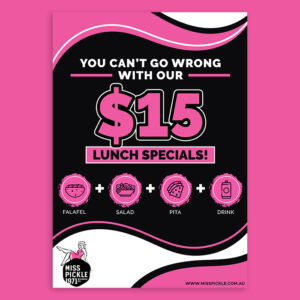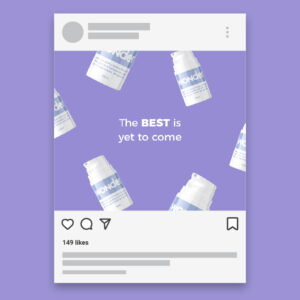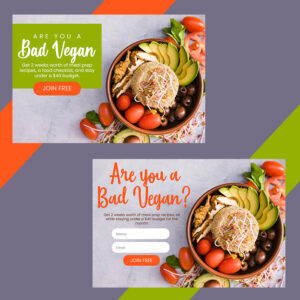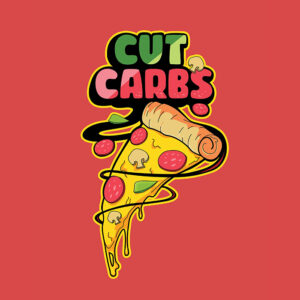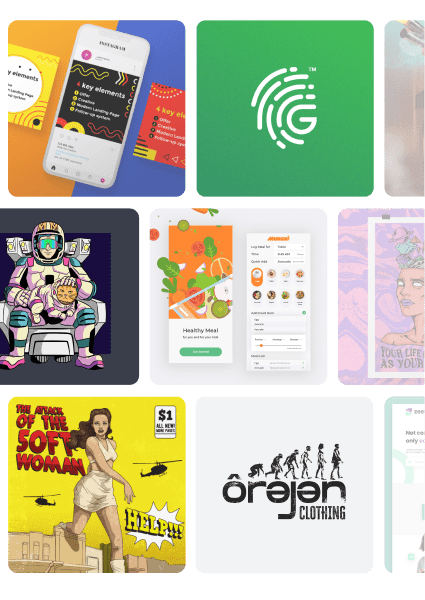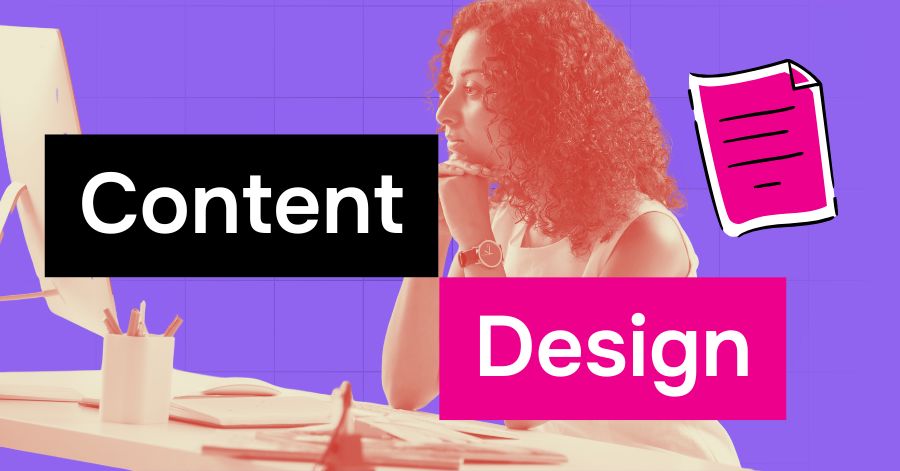
Have you thought of shaping an experience for your customers that makes sense at first glance? That’s exactly what content design is all about.
If you think choosing the right words is all it takes to offer a pleasant user experience (UX), think again.
Data indicate that more than half of the respondents reported finding the right layout as their biggest struggle in creating engaging visual content. Meanwhile, 43.8% said they struggled with consistency, and 37.1% had difficulty with producing great design.
In this article, we’ll unpack what content design is, including its core principles and practical examples you can actually apply.
What is Content Design?
Content design is the process of planning, creating, and presenting content in a way that’s easy for users to understand and navigate.
Think of it as guiding people through information smoothly by using the right:
- Words
- Images
- Structure
So, what’s the difference between content design vs. UX design?
For one, UX design focuses on the entire user journey and experience. Content design, on the other hand, focuses on how content, including both text and visuals, functions within that journey.
Effective graphic design services support content design by using visuals to make the message clear and engaging. Let’s look at the example below:
Both posters were created by Penji’s graphic design team, yet they present the same information in noticeably different ways. The one on the left prioritizes quick clarity, while the one on the right leans into visual storytelling. In the end, it’s all about what the client wants to push forward.
That said, these versions show how content design isn’t just about looks, but about choices with:
- The way information is grouped
- Visual weight of certain elements
- The balance between text and graphics
Core Principles of Effective Content Design
Here are the core principles of effective content design you need to know:
1. Information Architecture and Content Hierarchy
One of the most important parts of content design is building a clear structure, also known as information architecture. This means organizing content in a way that makes it easy for users to find what they need quickly. It’s about:
- Guiding the user’s eyes
- Creating logical flow
- Ensuring the most important information comes first.
For instance, the website above puts the main headline in the spotlight. After which, it breaks down information into several sections. By using headings, images, and buttons in a thoughtful order, the design makes the site easy to navigate and enjoyable to explore.
2. UX Writing and Microcopy
UX writing is the practice of writing to help people navigate a website or an app by using clear, helpful words in elements like:
- Buttons
- Menus
- Forms
- Instructions
Microcopy, meanwhile, refers to the small bits of text that guide users at key moments, like button labels, form hints, and error messages.
A microcopy might be “small” in terms of length, but its effect on conversions is anything but. In fact, a case study shows that adding just two words of microcopy (“view bundle”) to a product page increased conversions by 17.18%.
It goes without saying that both are essential parts of any good content design course.
Let’s take a look at the example above, which is part of Penji’s portfolio. In terms of microcopy, phrases like “Get Free Consultation” and “Book My Free Review” are clear, friendly, and actionable. There’s no guesswork because users know exactly what will happen when they click.
3. Content Style Guide and Standards
Data tells us that 85% of companies follow a content style guide, underscoring the importance of consistency in content design.
A content style guide, also called a branding kit, is a set of rules that keeps your messaging, tone, and visuals consistent across all platforms. If you look at the best content marketing examples, you’ll see that they’re all in line with the brand’s overarching story and style.
Let’s take a look at one of the style guides in content design examples crafted by Penji:
As seen in the image, the brand’s content design is carefully documented through:
- Logo variations
- Proper spacing
- Color choices
These details are crucial because they protect the brand’s identity and make sure the content looks professional and trustworthy everywhere it’s used.
Using content design examples like this can also guide teams when creating other materials, like:
- Presentations
- Social media posts
- Infographics
- Ads
4. Inclusive Design and Accessibility
Good design should always follow clear content standards to support users of all backgrounds and abilities. But here’s the thing: a 2024 survey found that just 29% of businesses in North America actively collect feedback from people with disabilities about their products.
This shows that many companies still overlook accessibility when shaping their content design and user experience. As a result, they miss the chance to create more inclusive, user-friendly content for everyone.
For instance, the example below shows smart content design ideas that support accessibility:
The text is large and easy to read, the buttons have strong color contrast, and the pricing plans are broken into simple, clickable sections. These choices make the page easy to navigate for users with vision challenges or limited mobility.
When developing your content strategy, it’s important to think about inclusive design early, you’re creating landing pages, holiday content marketing insights, or social media graphics. You can use a content design template or work with graphic design services to make sure your designs follow best practices for accessibility.
The Lowdown
Content design is about creating content that’s intuitive and easy to digest. Whether you’re building a website, a social media post, or a marketing campaign, thoughtful content design helps you deliver the right message at the right time.
If you want content that’s consistent, accessible, and visually appealing without the stress of building it yourself, unlimited graphic design services like Penji can help.

Because you don’t just need design, you need design that works for your users. Watch a short demo now and see how Penji can work wonders for your brand.
Frequently Asked Questions (FAQs)
What do you mean by content design?
Content design is the process of creating content that’s clear, useful, and easy for users to understand. It focuses on giving people the right information at the right time.
Is content design the same as UX design?
Content design is part of UX design, but they are not the same. UX design covers the entire user journey, while content design focuses on the words, visuals, and structure that guide users through that journey.
What is the difference between content design and graphic design?
Content design focuses on planning and writing content that meets user needs, while graphic design focuses on how things look visually. Both work together to create good user experiences, but they serve different purposes.
About the author

Carla Deña
Carla is a journalist and content writer who produces stories for both digital and legacy media. She is passionate about creativity, innovation, and helping small businesses explore solutions that drive growth and social impact.

